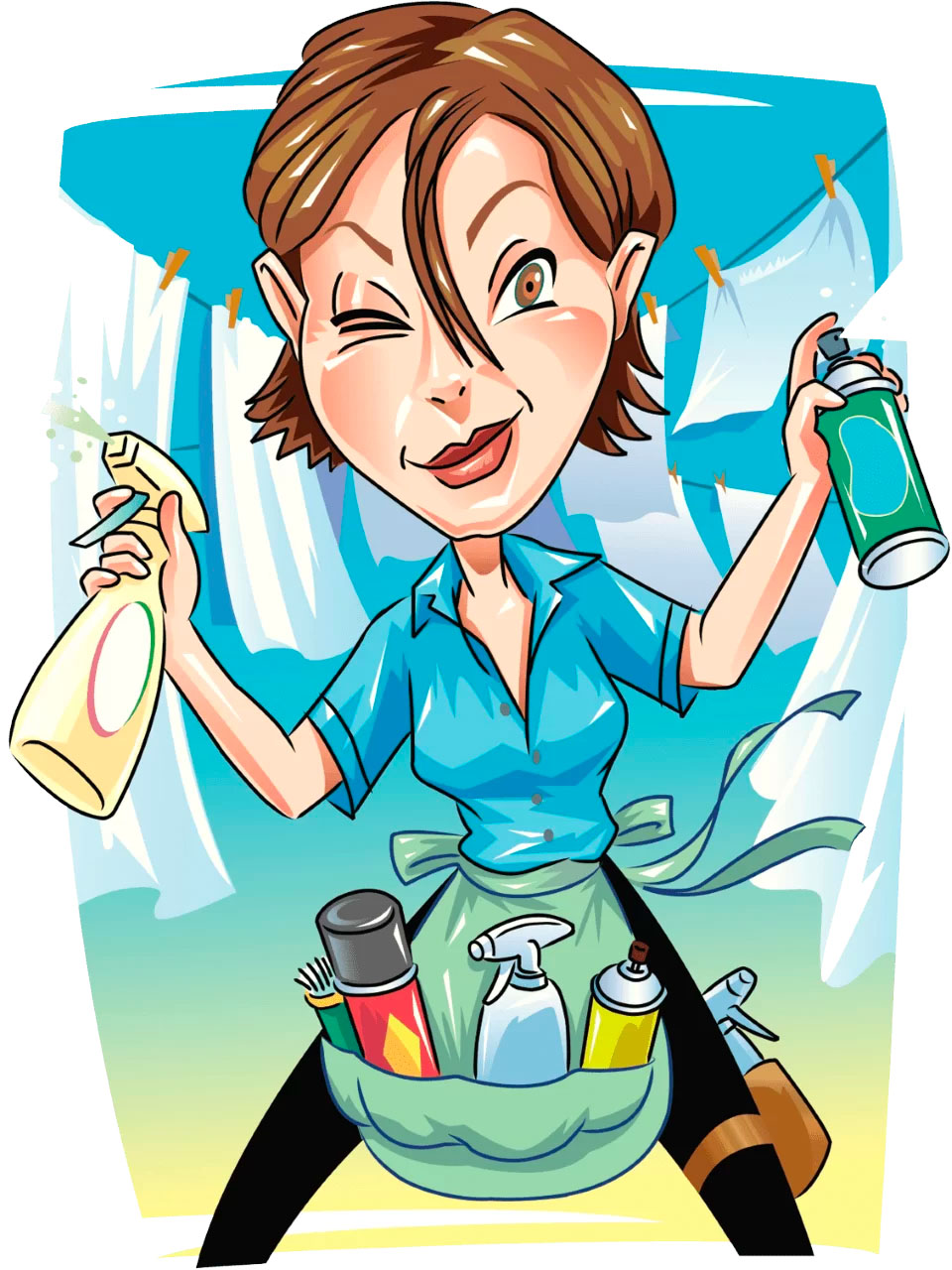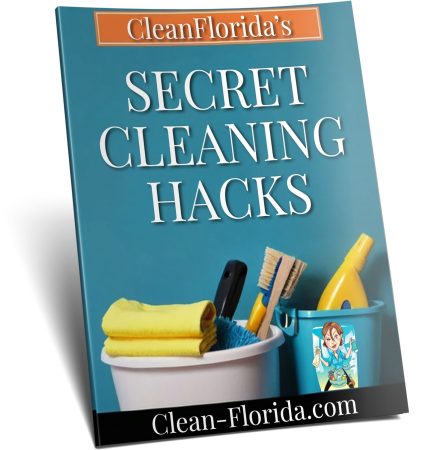
We buy cleaning products to fight germs, streaks, stains and odors to keep our homes clean. Cleaning is supposed to be about maintaining a healthy home, yet some common household cleaning products contain chemicals that can harm human health, our pet’s health and the environment.
You have probably become familiar with hazard symbols that appear on some cleaning products, along with words, such as “poison,” “corrosive,” or “irritant.” These hazard symbols warn consumers about acute health hazards associated with one-time or short-term exposure to chemicals in the product. There is no parallel requirement for manufacturers to warn consumers about the health and environmental hazards associated with chronic or long-term exposure to chemical ingredients in household cleaning products. Most of us are exposed to cleaning products and their residues at low levels on a daily basis.
When we use the chemicals to clean in our homes, they linger in the air and we breathe them in. Researchers in the U.S. identified 133 unique volatile organic compounds (VOCs) emitted from a small sample of consumer products, including six cleaning products. Each product tested emitted between one and eight chemicals classified as toxic or hazardous under U.S. federal laws.
Chemicals in cleaning products can also enter our bodies by absorption through the skin or through ingestion of household dust and chemicals residues left on dishes and cutlery. And when cleaning products are flushed down the drain, they can have a serious impact on aquatic ecosystems. There is no regulatory requirement for labels to have ingredients listed in a consistent format, so it can be hard to identify harmful chemicals. Some of the chemicals to look out for are:
- Ammonia – found in window cleaners, drain cleaners, toilet cleaners, bathroom cleaners, over cleaners, stainless-steel cleaners, car polish and all-purpose cleaners
- 2-Butoxyethanol, also known as butyl cellosolve – found in glass cleaners, laundry stain removers, carpet cleaners, automobile cleaners, windshield wiper fluid, degreasers, oven cleaners, and rust removers
- Coal tar dyes – found in most types of cleaning products
- MEA (monoethanalomine), DEA (diethanolamine), TEA (triethanolamine) – found in liquid laundry detergents, all-purpose cleaners, floor cleaners, car wash products, degreasers, dish soap, over cleaners, and glass and surface cleaners
- Fragrance chemicals – found in most types of cleaning products
- Nonylphenol ethoxylates (NPEs) – found in liquid laundry detergents, stain removers, all-purpose cleaners, air fresheners, toilet bowl cleaners, degreasers, and car wash products
- Phosphates – dishwasher detergents, laundry detergents, and bathroom cleaners
- Silica powder – found in abrasive cleaning powders
- Sodium hydroxide – found in over cleaners, bathroom cleaners, disinfectants, drain openers, and toilet bowl cleaners
- Triclosan – found in dish soaps and disinfectants, as well as a wide range of other household products. Look for it listed as an active ingredient in antibacterial products
- Trisodium nitrilotriacetate – found in bathroom cleaners and some laundry detergents

